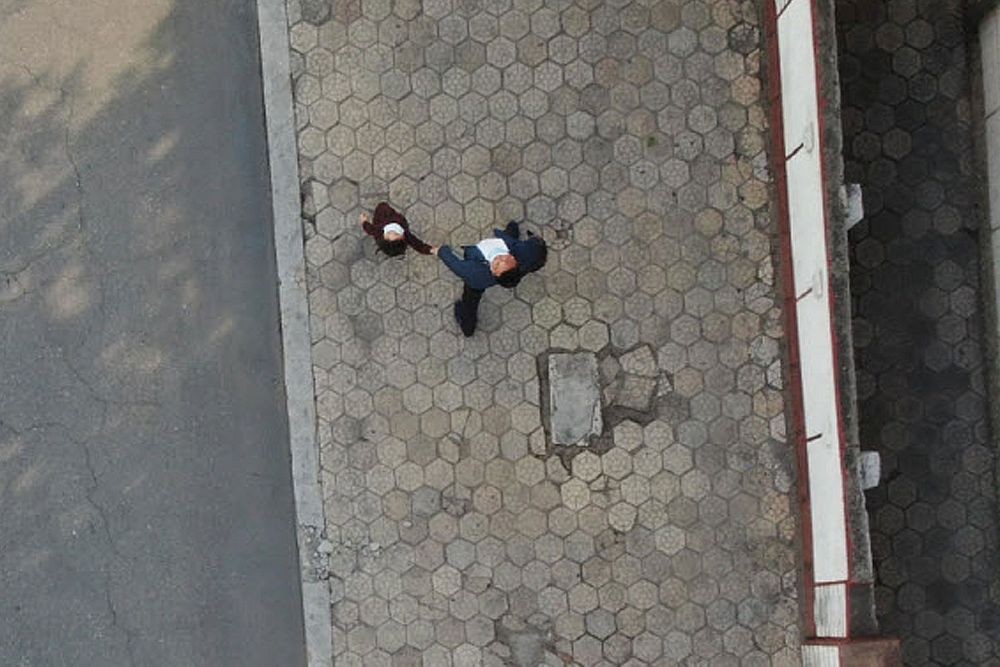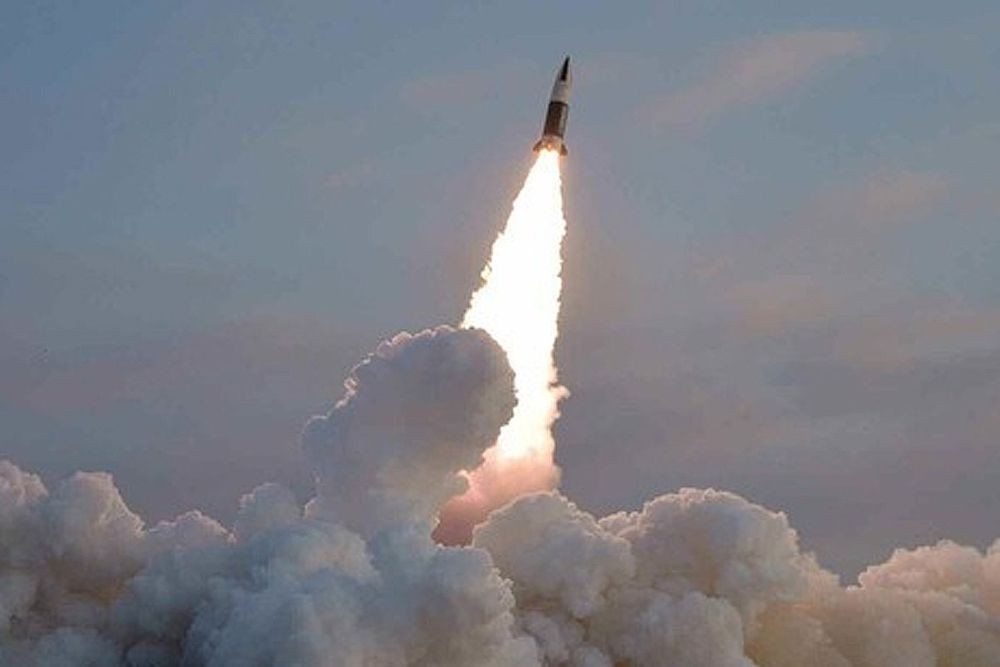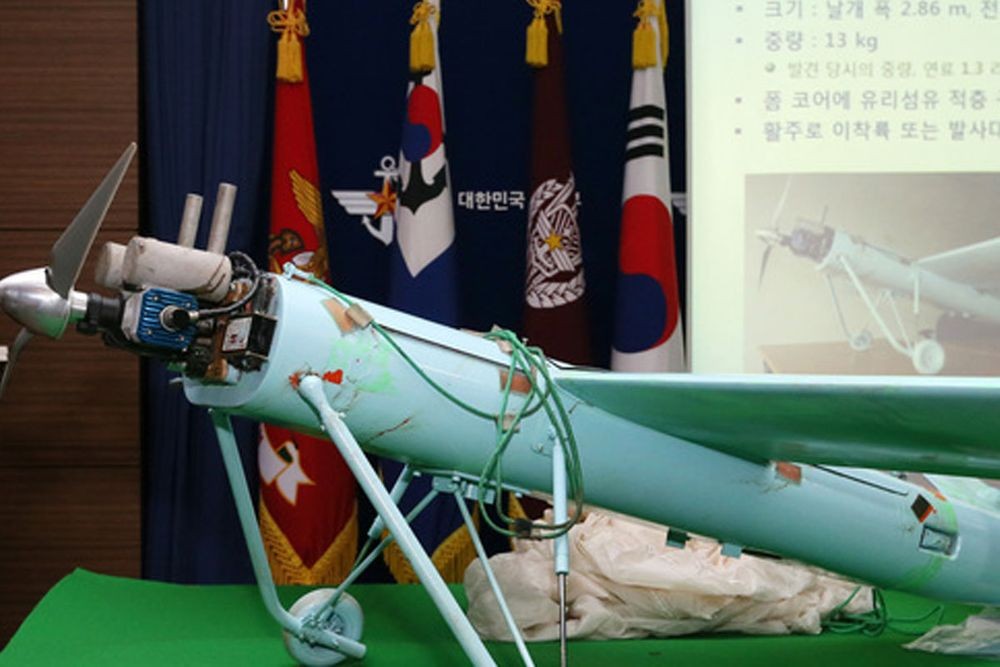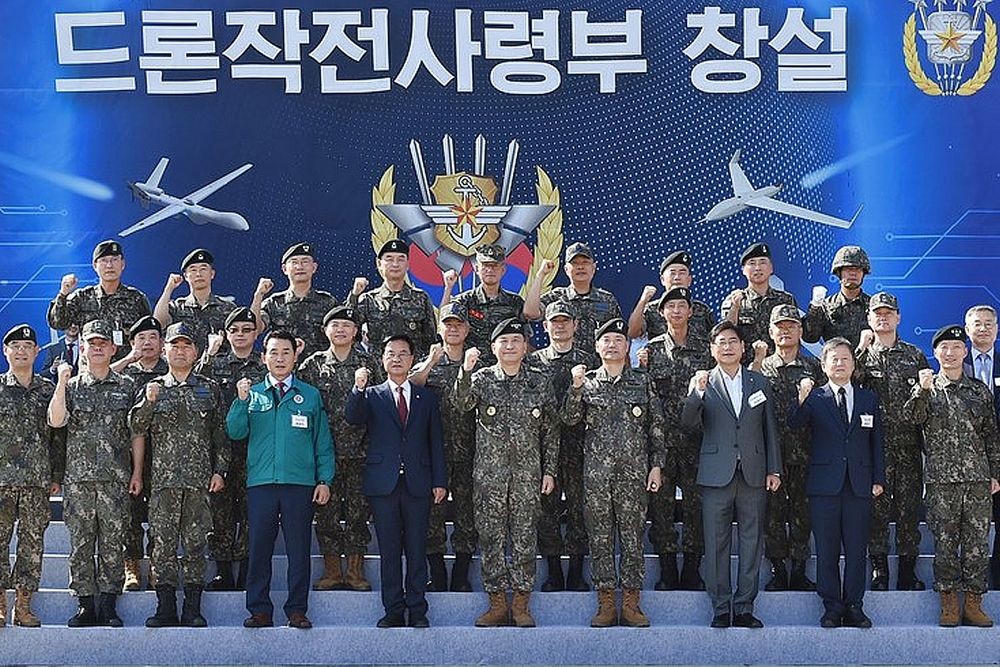A video taken by a Chinese civilian drone through North Korean airspace is becoming a hot topic on social media. The footage, which captures the North Korean border city of Sinuiju from the air, was posted on a Chinese community on the American social media site Reddit on the 26th.
The result of authentication says it was filming Sinuiju in 2020 from Dandong, Liaoning Province, China, using a drone.
The 19-second video, accompanied by related photos, features various cityscapes, including the Pyonganbuk-do Art Theater adorned with portraits of Kim Il Sung and Kim Jong Il, the Sinuiju Art School building, and ships anchored along the Amnok River near Kangan Station.

The drone that successfully filmed the North Korean airspace was confirmed to be a Chinese-made DJI drone. At the time the footage was taken in 2020, North Korea had closed its borders and issued a stay-at-home order due to the spread of COVID-19. As a result, the streets of Sinuiju appeared relatively quiet, even during the day.
The video showed locals riding bicycles or walking, with some looking up curiously at the drone. Due to the impact of the coronavirus, most North Korean residents shown in the video were seen walking the streets wearing masks.
Dandong, where the video was filmed, is a major trading hub between North Korea and China, across the Amnok River from Sinuiju. Although the river is only about 0.62 miles wide, concerns have been raised about the safety of the person who filmed the video, as it is unlikely that the filming was authorized by either North Korean or Chinese authorities.
On the 2nd, the day the article about the video was reported, it was revealed that North Korea had once again committed ballistic missile provocation. The missile, believed to be an intermediate-range ballistic missile, was detected being launched from the Pyongyang area towards the East Sea at around 6:53 AM, only two weeks after the last missile test.

The South Korean Joint Chiefs of Staff responded to North Korea’s missile provocation by saying, “Our military is enhancing surveillance and readiness for additional launches while maintaining a full readiness posture by closely sharing information related to North Korean ballistic missiles with U.S. and Japanese authorities.”
Upon hearing about the video filmed in North Korean airspace and North Korea’s missile provocation, netizens reacted with comments like, “So much for their vaunted defense capabilities, pierced by a civilian drone?” “Instead of provoking, they should install radar,” and “It’s not that they were pierced; they just can’t respond.”
Meanwhile, an incident in 2022 where a drone from North Korea violated South Korean airspace south of the Military Demarcation Line (MDL) is also being highlighted. According to the Joint Chiefs of Staff, several North Korean drones were detected on December 26th, starting at 10:25 AM, crossing the MDL and appearing in the vicinity of Gimpo, Paju, and other parts of Gyeonggi Province, and near Ganghwa Island. This was the first known drone provocation by North Korea in over five years since a North Korean drone violated the airspace of the THAAD base in Seongju on May 2, 2017.
Five drones were confirmed to have entered the airspace over Seoul. Four of them were decoys, and one was a surveillance drone. The main surveillance drone was reported to have roamed the airspace over Seoul.

The South Korean Air Force mobilized F-15K and KA-1 aircraft for interception, and the South Korean Army also deployed AH-64 and AH-1 helicopters. However, the operation to counter the North Korean drones failed, resulting in the shocking outcome of the unmanned aircraft sent from North Korea calmly returning to the North.
Criticism was raised about why South Korean airspace, which has overwhelmingly superior military power compared to North Korea, was so easily breached.
The media reported that if the North Korean drones had been armed with lethal weapons, an unprecedented disaster could have occurred, and it was judged that there was a high possibility of attacks with explosives such as grenades and cluster bombs. The fact that a North Korean drone conducted reconnaissance activities near the presidential office in Yongsan and returned to North Korea also sparked controversy.

American media continued to report that if a drone had invaded Korean territory or sensitive areas, it should have been shot down. This incident revealed the poor level of South Korea’s ability to respond to North Korean drones, and it became the catalyst for the establishment of the South Korean Drone Operations Command.
The Drone Operations Command is currently a directly supervised unit of the Ministry of National Defense, with the Chairman of the Joint Chiefs of Staff directly commanding and supervising it. It is the first joint combat unit composed of the Army, Navy, Air Force, and Marine Corps.
They are trained to perform the role of a control tower for combat development, overseeing various tasks such as building a network for efficient and systematic power projection of drone forces, air control, cooperative doctrine development, aviation safety, maintenance, and supporting Test-Bed (Testing Operational Technology) for quick power projection of drone forces.










Most Commented